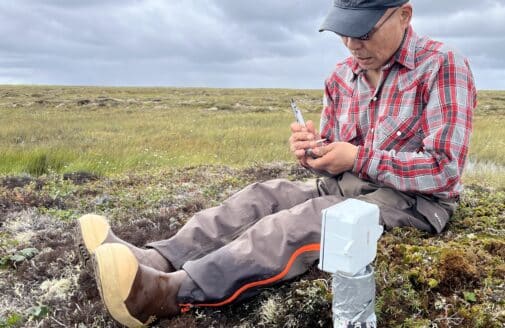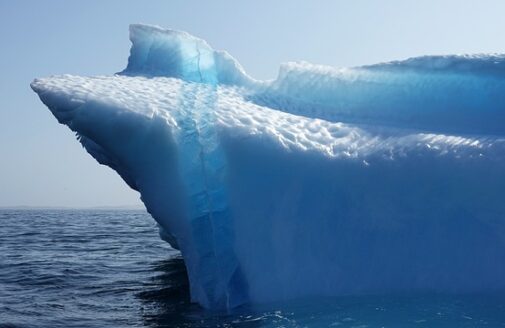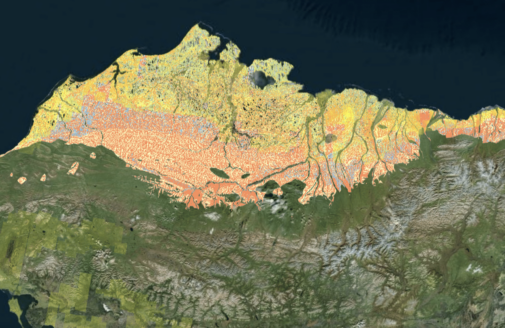New model predicts overwintering fires in Alaska and northwestern Canada
photo by Rachael Treharne
Extensive overwintering fires burning throughout the Arctic in summer 2020 garnered a great deal of media attention because of how they started—or more accurately, how they never died. Unlike the majority of boreal fires, these overwintering fires, sometimes referred to as ‘zombie’ fires, are never fully extinguished, and instead slowly smolder organic soils throughout the cold season before picking back up as temperatures rise in early spring.
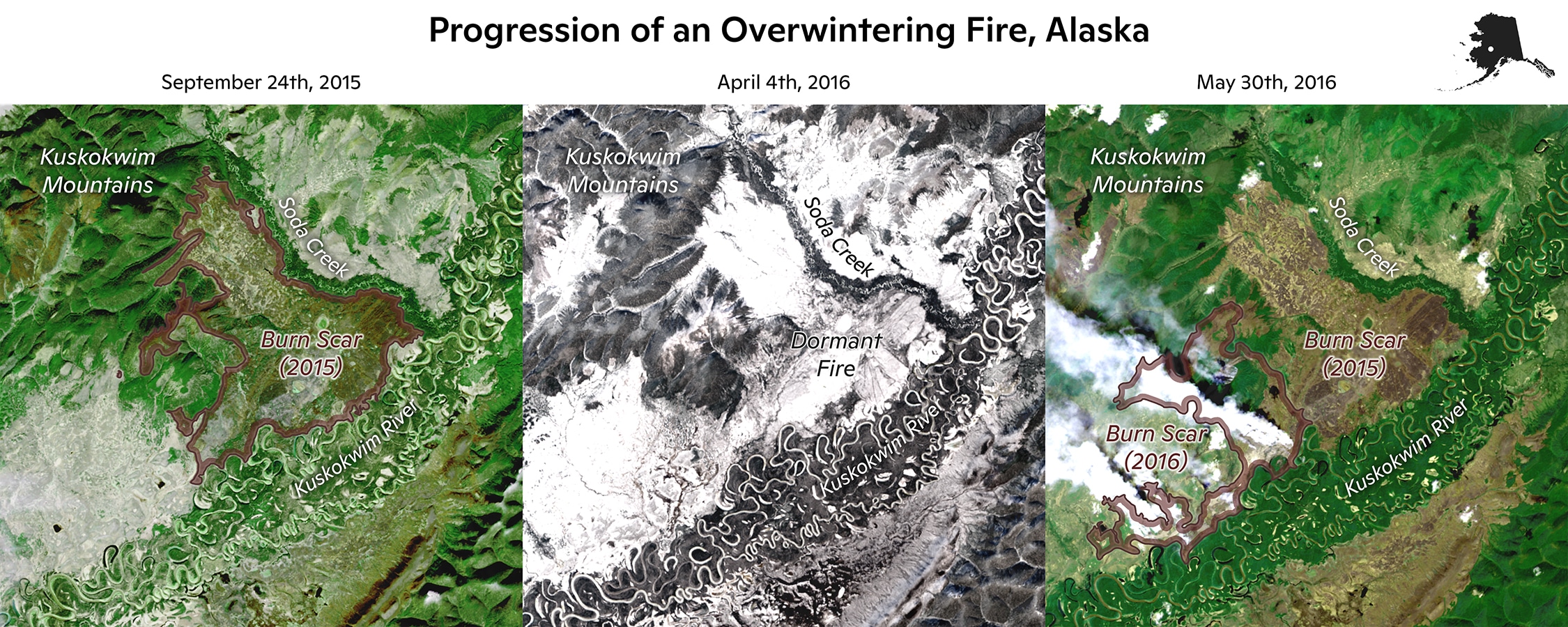
While overwintering fires only recently made their way into the public eye, anecdotes about them have been cycling through the fire management community for years. Across the Arctic-boreal zone of Alaska, Northwestern Canada, and Siberia, fire managers have found smoldering blazes early in the spring season—indicating that the blazes continued to burn through the winter. However, lack of concrete data made this phenomenon difficult to understand, monitor, or predict.
A recent study published in Nature, co-authored by Woodwell Climate’s Dr. Brendan Rogers, investigated what drives these overwintering fires and used this information to develop an algorithm to map their occurrence in Northwest Canada and Alaska. The model, which focused on the perimeter of previous fires to mark areas most susceptible to sustained burn, was successful in confirming overwintering fires that had been flagged by fire managers, as well as identifying ones that smoldered hitherto unnoticed.
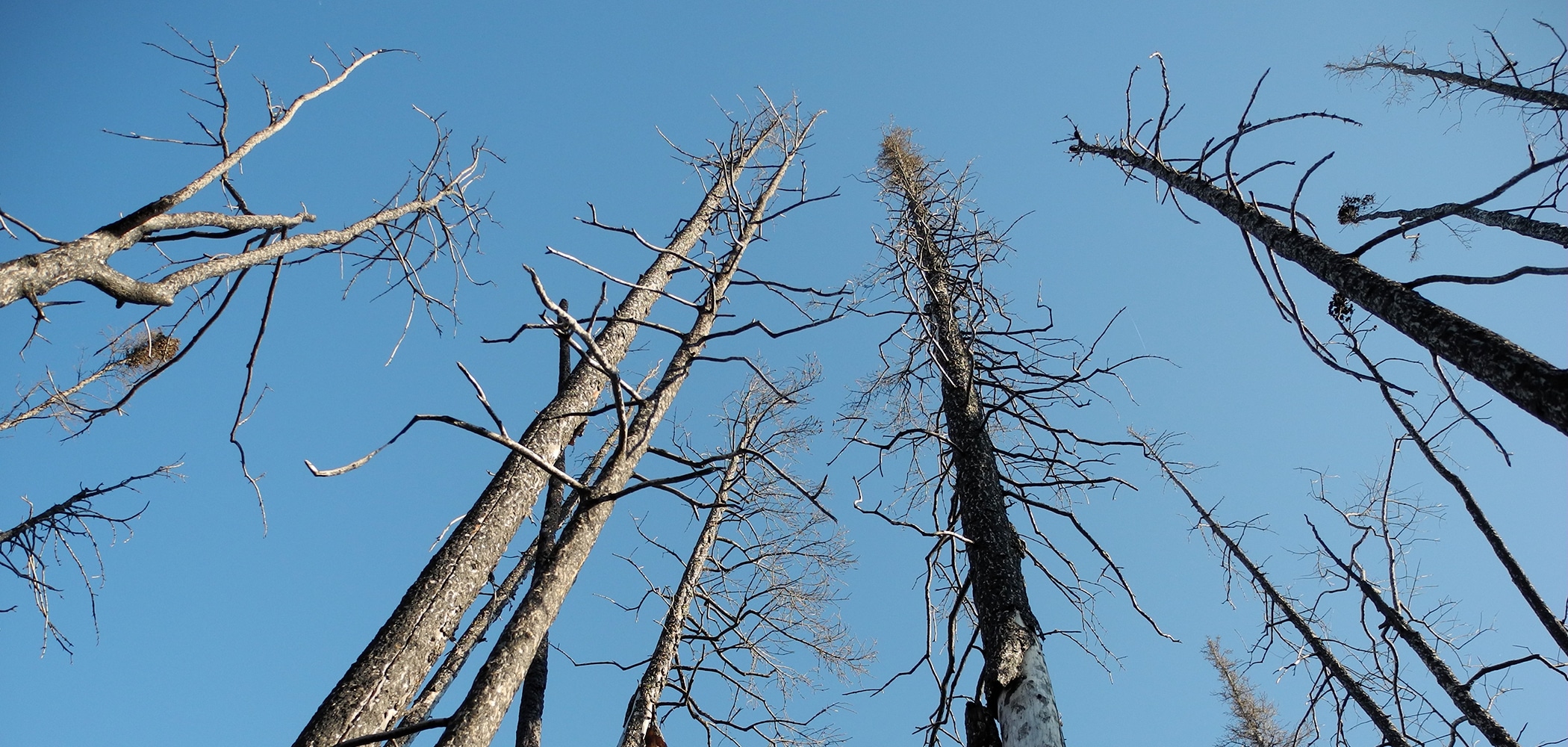
Burned black spruce / photo by Rachael Treharne
“These fires have been on our radar for a long time, but we didn’t have the data to understand them or estimate how prevalent they are,” explains Rogers. “Through our contacts in the fire management community, and particularly collaborators at the Alaska Fire Science Consortium, we were able to access reports of these overwintering fires and learn about what was happening on the ground. This line of communication became key to understanding where these fires are occurring.”
In April 2021, the team will present their work to a group of fire managers in interior Alaska. Rogers is hopeful their analysis can be used operationally by fire managers in the region to better anticipate and extinguish early season overwintering fires in the coming years.
This is particularly pertinent given where overwintering fires occur. Although overwintering fires account for only a small fraction of overall burned area in boreal forests, they typically occur in regions with lots of carbon-rich soil litter and organic matter. As global temperatures rise and climate change intensifies, the frequency of overwintering fires is anticipated to increase, furthering carbon feedback loops, a vicious cycle of emissions and warming. Predicting and preparing for these ‘zombie’ fires will become an important tool in climate change mitigation, and the new model may be the first step in making this possible.
The video below was created by Vrije Universiteit Amsterdam.





